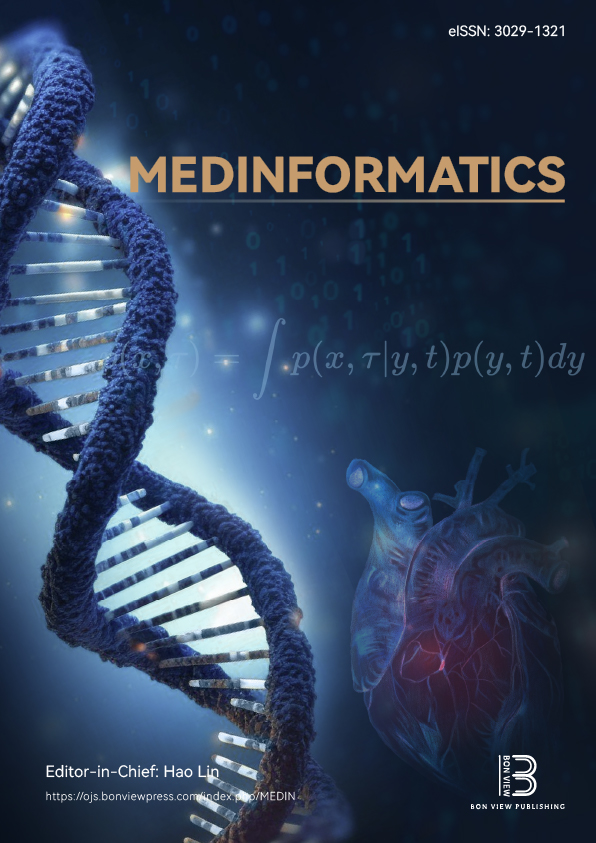Designing Lsa46-Based Multi-Epitope Peptide Vaccine Against Leptospirosis: Immunoinformatic Approach
DOI:
https://doi.org/10.47852/bonviewMEDIN42022655Keywords:
leptospirosis, Lsa46, multi-epitope, peptide vaccine, immune simulationAbstract
Leptospirosis represents a significant global public health problem due to its epidemiological impact, complex pathogen biology, and diverse clinical manifestations. Effective treatment, management, and preventive measures, including vaccination, are vital for addressing this disease. Lsa46, a surface-exposed outer membrane protein in leptospires, plays a crucial role in pathogenesis. In this study, we utilized multiple epitopes predicted from Lsa46, validated in previous study, to design a potential vaccine candidate construct. The antigenicity, allergenicity, autoimmunity, population coverage, immune simulation, molecular interactions etc. were assessed using various computational tools. 3D structure modeling revealed a stable and high quality model for epitope constructs. Immune simulation confirmed a robust immune response induced by the Designer Epitope construct, including IgG, IgM, MHCI, MHCII, cytokines, and interleukins production. Interaction analysis with immune cells and receptors, such as TCRαβ, TCRγδ, and TLRs, provided insights into the epitope construct's potential immunogenic response. Docking studies with TLR2 and TLR4 indicated their interaction with the epitope, suggesting their involvement in the immune response against leptospirosis. Further experimental validations are required to confirm these prediction results.
Received: 21 February 2024 | Revised: 6 May 2024 | Accepted: 20 June 2024
Conflicts of Interest
The authors declare that they have no conflicts of interest to this work.
Data Availability Statement
All the data discussed have been included in the manuscript and with its supplementary figures and tables.
Author Contribution Statement
Junaida M. Ibrahim: Methodology, Investigation, Writing - original draft, Writing - review & editing, Visualization. Padikara K. Satheeshkumar: Investigation, Writing - review & editing, Project administration. Achuthsankar S. Nair: Methodology, Resources, Writing - review & editing, Project administration. Oommen V. Oommen: Conceptualization, Methodology, Validation,Resources, Writing - review & editing, Project administration. Perumana R. Sudhakaran: Conceptualization, Methodology, Validation, Resources, Writing - review & editing, Project administration.
Downloads
Additional Files
Published
Issue
Section
License
Copyright (c) 2024 Authors

This work is licensed under a Creative Commons Attribution 4.0 International License.


